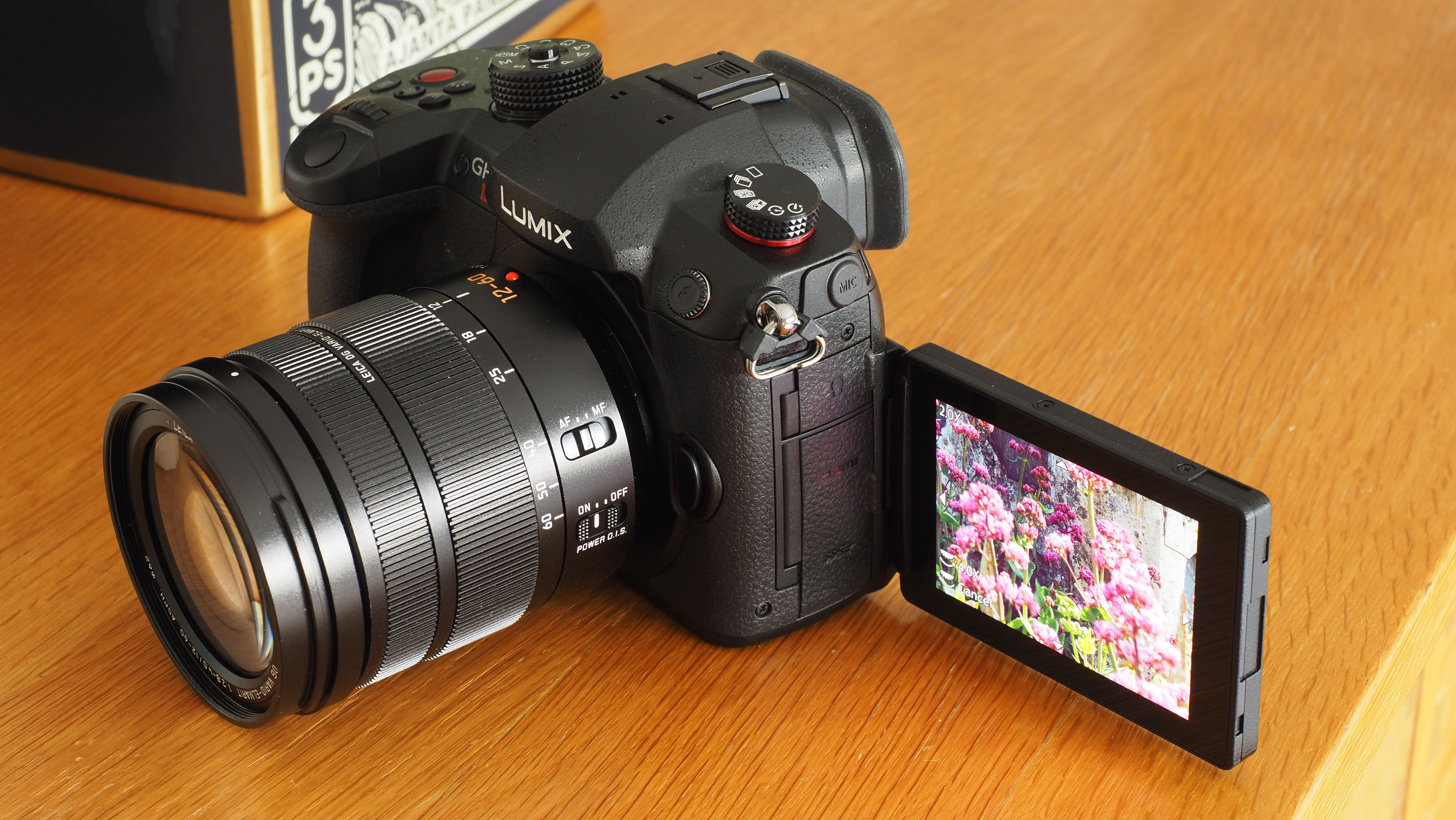The best camera remotes: cable releases and wireless remotes for all budgets
The best camera remote lets you stay out of sight, avoid camera shake, program a time lapse sequence and more
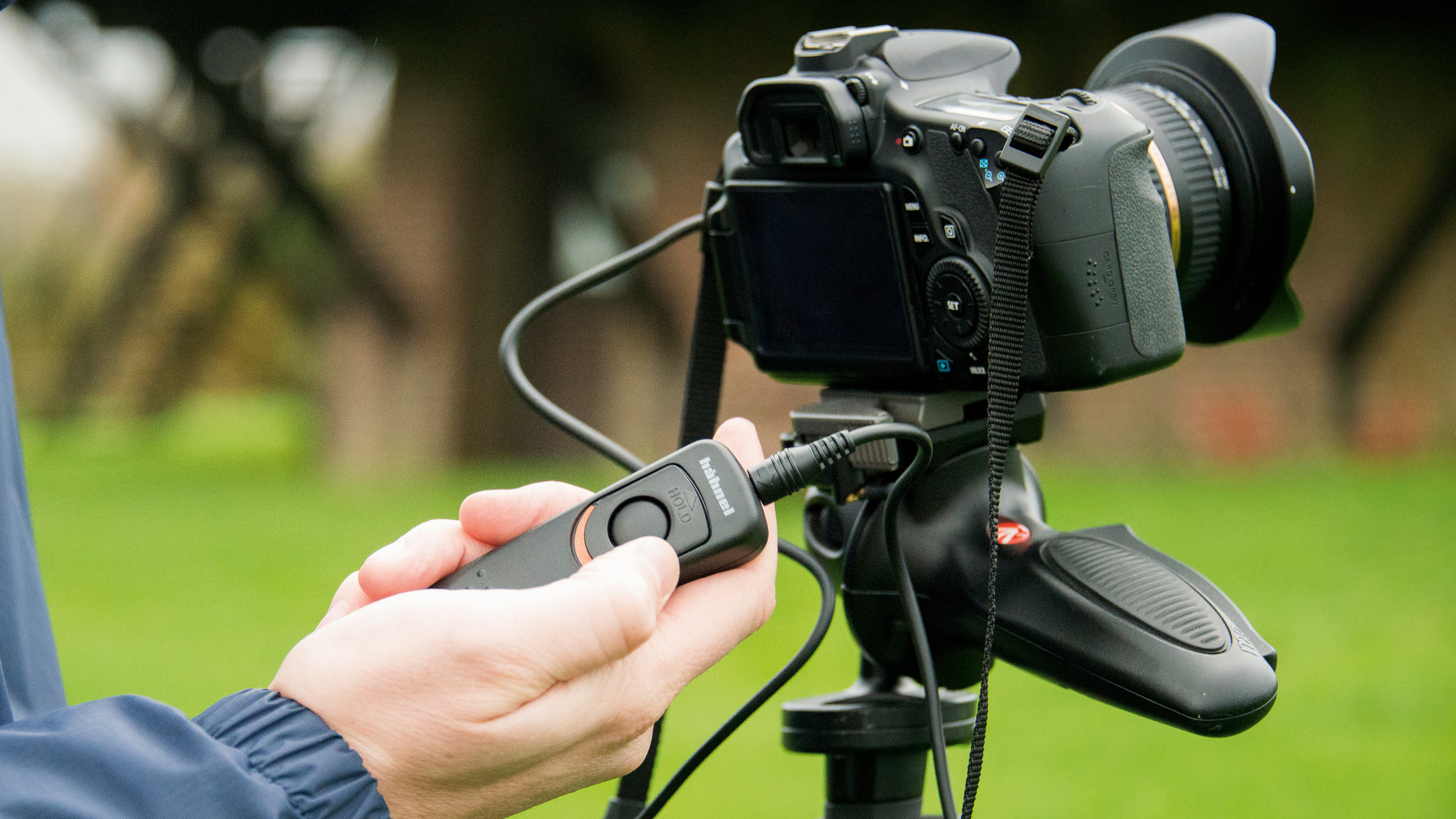
With the best camera remote, you can physically separate yourself from the shutter button. This allows you to trigger your image capture from a distance – which may not sound all that revolutionary at first blush, but is actually something that puts all sorts of photographic techniques at your fingertips.
For instance – physically pressing the shutter button can cause tiny vibrations in the body of the camera. This can compromise an image in situations where focusing is extremely precise, such as macro photography, or in situations where an image can be affected by motion blur, like long exposures. A remote trigger allows you to sidestep this issue. It's also great for avoiding casting a shadow, or finding a way not to scare off some skittish wildlife.
While there are plenty of camera triggering apps out there, a good remote release is a much more reliable solution, one that isn't dependent on an unreliable smartphone battery. The only thing is – you need to get the right release for your camera. So, we've put together this guide to help you find the right remote triggers, divided up by brand to make it easier to find what you're looking for.

Ben is the Imaging Labs manager, responsible for all the testing on Digital Camera World and across the entire photography portfolio at Future – and he is our in-house photo accessory expert. Here he brings this expertise to selecting the best camera remotes.
The quick list
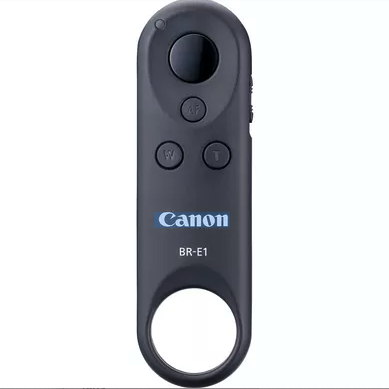
Best for Canon
A relatively recent remote from Canon, this Bluetooth device will work with the latest EOS R mirrorless cameras, as well as certain compacts and DSLRs.
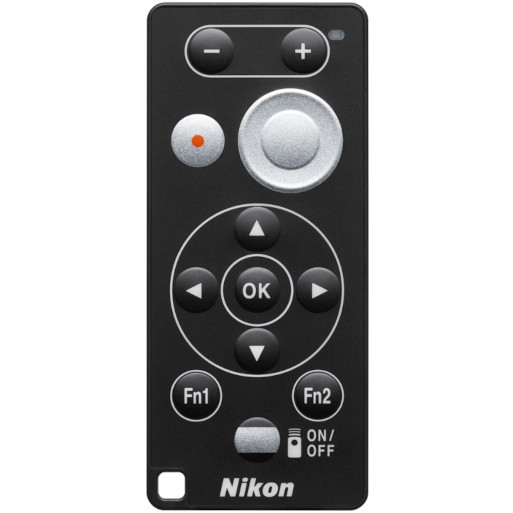
Best for Nikon
Working with Z-series cameras as well as some of the Coolpix range, this Nikon Bluetooth remote lets you control zoom and interface with menus.
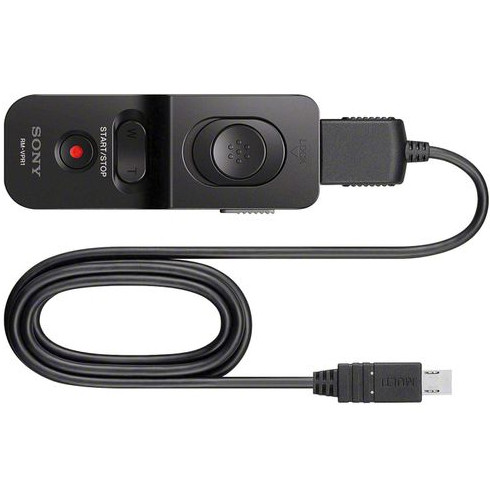
Best for Sony
Working with a broad swathe of mirrorless and compact cameras, this is a one-size-fits-all option for pretty much any Sony user who needs a camera remote.
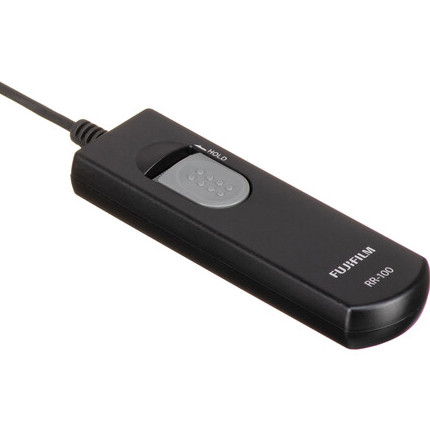
Best for Fujifilm
Working with X-series mirrorless cameras and GFX medium format cameras alike, this wired remote release from Fujifilm is simple, but effective.
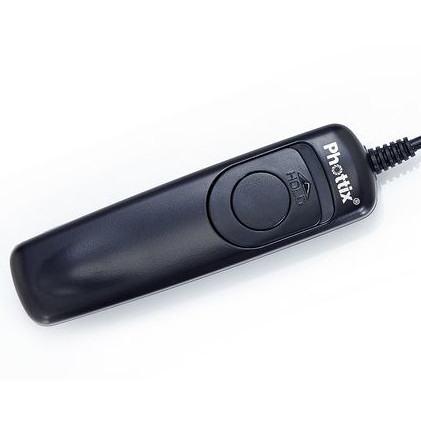
Best wired third-party
This third-party cable release will work with Canon, Nikon, Fujifilm, Sony, Panasonic and Olympus cameras. Just make sure you get the right one!
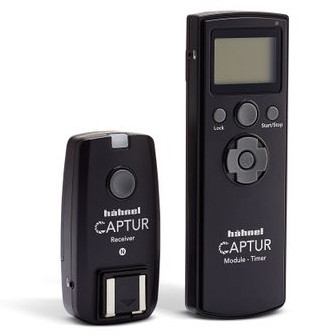
Best third-party wireless
This wireless remote takes a bit of practice to get the hang of, but once you do it's reliable and effective. It's also another option that works with MFT cameras.
Best camera remotes
Why you can trust Digital Camera World
Canon camera remotes
First up, we're listing the best wired and wireless remotes to buy for Canon cameras. There's a lot of overlap in terms of compatibility, but always make sure to check a remote is compatible with your specific model of camera before buying.
Canon BR-E1
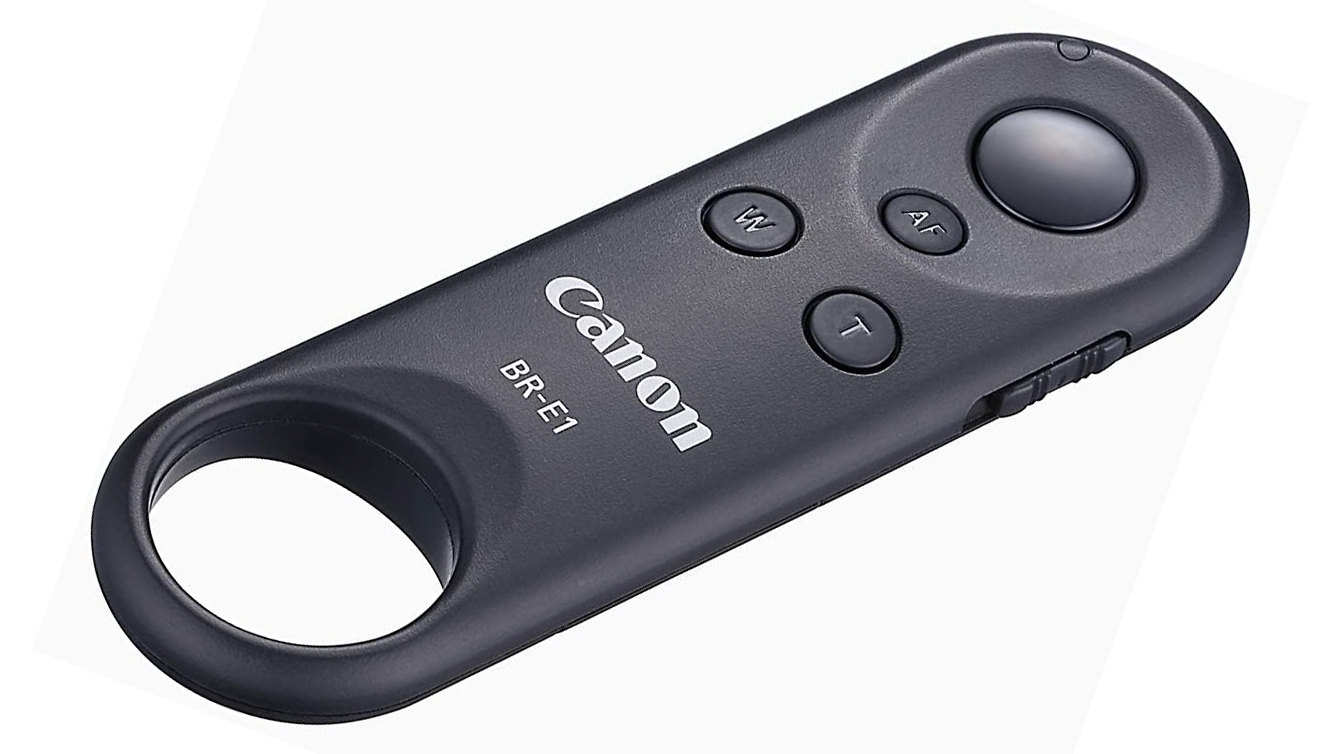
1. Canon BR-E1
Specifications
Reasons to buy
Reasons to avoid
This is the latest of Canon's wireless controllers, and unlike earlier models that used infrared, the BR-E1 uses Bluetooth to link up to your camera without the need for cables. It is compatible with a range of more recent Canon best-sellers including the mirrorless EOS RP and the Rebel SL3 DSLR. You do need to pair up the camera and remote before you start, but this is a relatively painless process. There are separate aufofocus and release controls which can prove useful – plus zoom buttons if used with a compatible Canon compact.
Canon RC-6
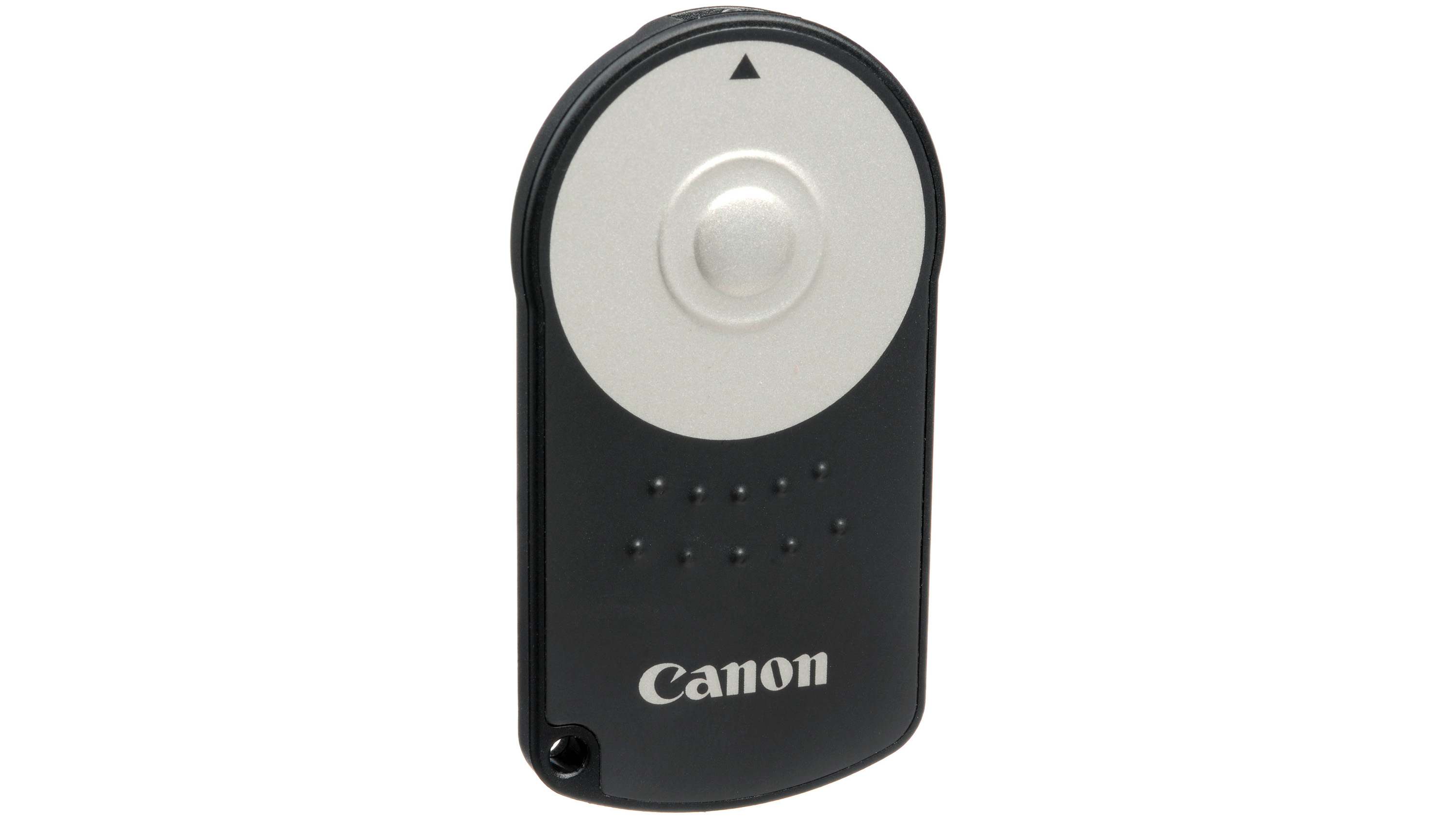
2. Canon RC-6
Specifications
Reasons to buy
Reasons to avoid
Bypassing the usual need for multiple connector plugs to suit different camera models, the infrared RC-6 works with many recent Canon cameras, from the EOS 800D, Rebel T7i, EOS 80D, 5D Mark IV, and many older EOS M models. Since Canon DSLRs only tend to have an IR receiver at the front of the camera, built into the hand grip, you can’t operate the camera from behind. But the RC-6 is particularly useful for self-portraits, with a range of five metres and a two-second self-timer delay. The addition of a switch on the back panel also offers immediate shutter release. The main button is only a one-stage switch though, so you can’t activate autofocus and light metering in advance.
Canon RS-60E3
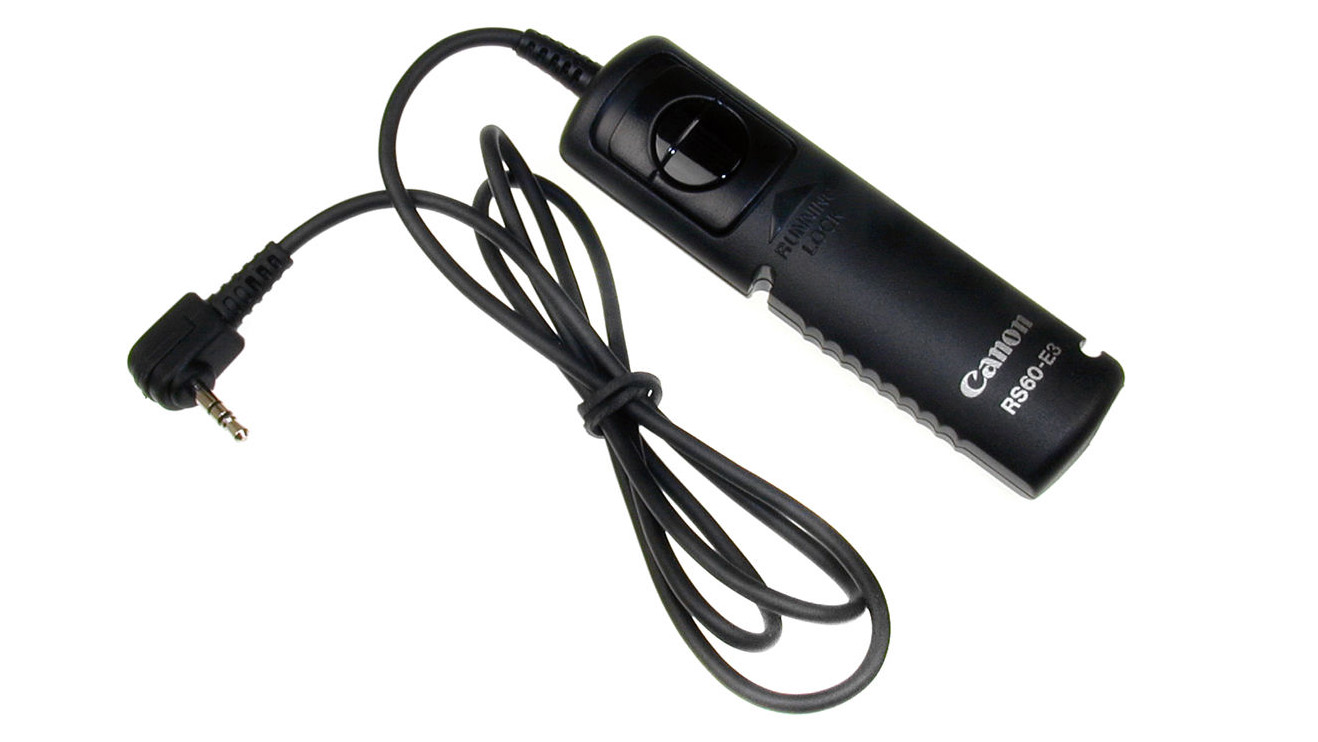
3. Canon RS-60E3
Specifications
Reasons to buy
Reasons to avoid
Small and simple to use, Canon’s RS-60E3 suits all Canon cameras with a mini-jack remote control terminal (that includes the EOS 500D/Rebel T1i and newer, EOS 60D and newer, plus many more). The 60cm cable (extensions are available separately) wraps around the body of the controller for tidy stowage, and there’s a dummy socket for the plug to fit into. The unit requires no batteries, and the only moving part is the remote shutter button assembly. This has a good solid feel to it, with a precise two-stage mechanism for autofocus and metering with a light press, and shooting with a full press. Once fully pressed the button can slide forward to lock in place for bulb exposures or continuous shooting, without the need to keep the button manually pressed in.
Canon RS-80N3
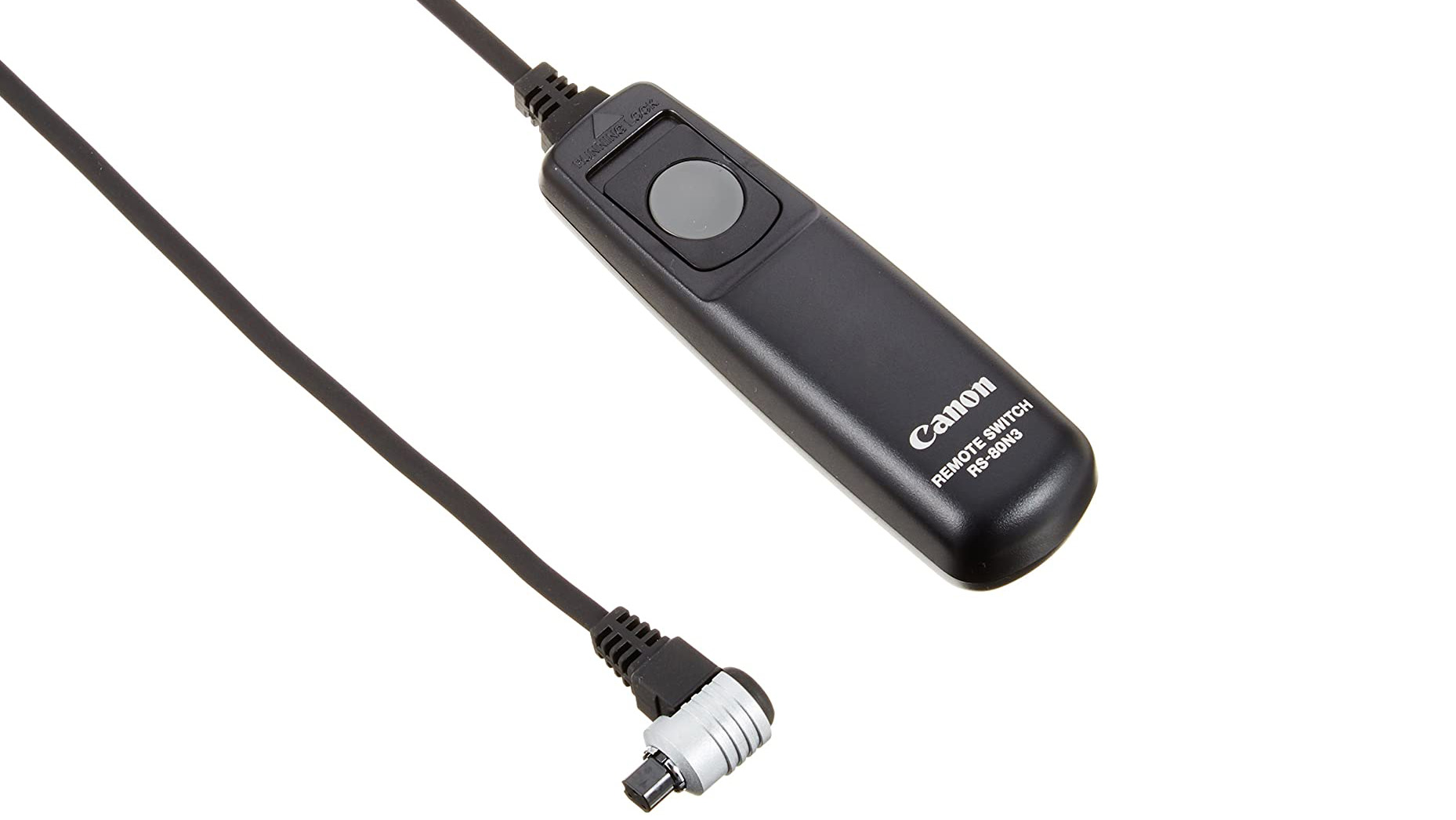
4. Canon RS-80N3
Specifications
Reasons to buy
Reasons to avoid
A little larger than the Canon RS-60E3, this controller features a thicker, more business-like cable and plug that fits three-pin remote controller terminals as featured on the likes of Canon's 5D and 7D-series DSLRs. The cable itself is a bit longer at 80cm, and if you require greater reach Canon produces a 10m extension lead (ET-1000-N3) although it’s very expensive to buy. As with the RS-60E3 the build quality of the unit is impressive, and the two-stage operating button has a precise feel to it, complete with locking mechanism for bulb exposures and continuous shooting once the relevant drive mode has been selected.
Another thing to bear in mind is that if you pick up the Remote Controller Adapter RA-E3, you can extend the compatibility of this remote to include the following cameras: EOS M5, EOS M6, EOS 60Da, EOS 77D, EOS 80D, EOS 90D, EOS 200D, EOS 250D, EOS 1300D, EOS M6 Mark II, EOS 850D, EOS R, EOS Ra, EOS RP and EOS R7.
Canon TC-80N3
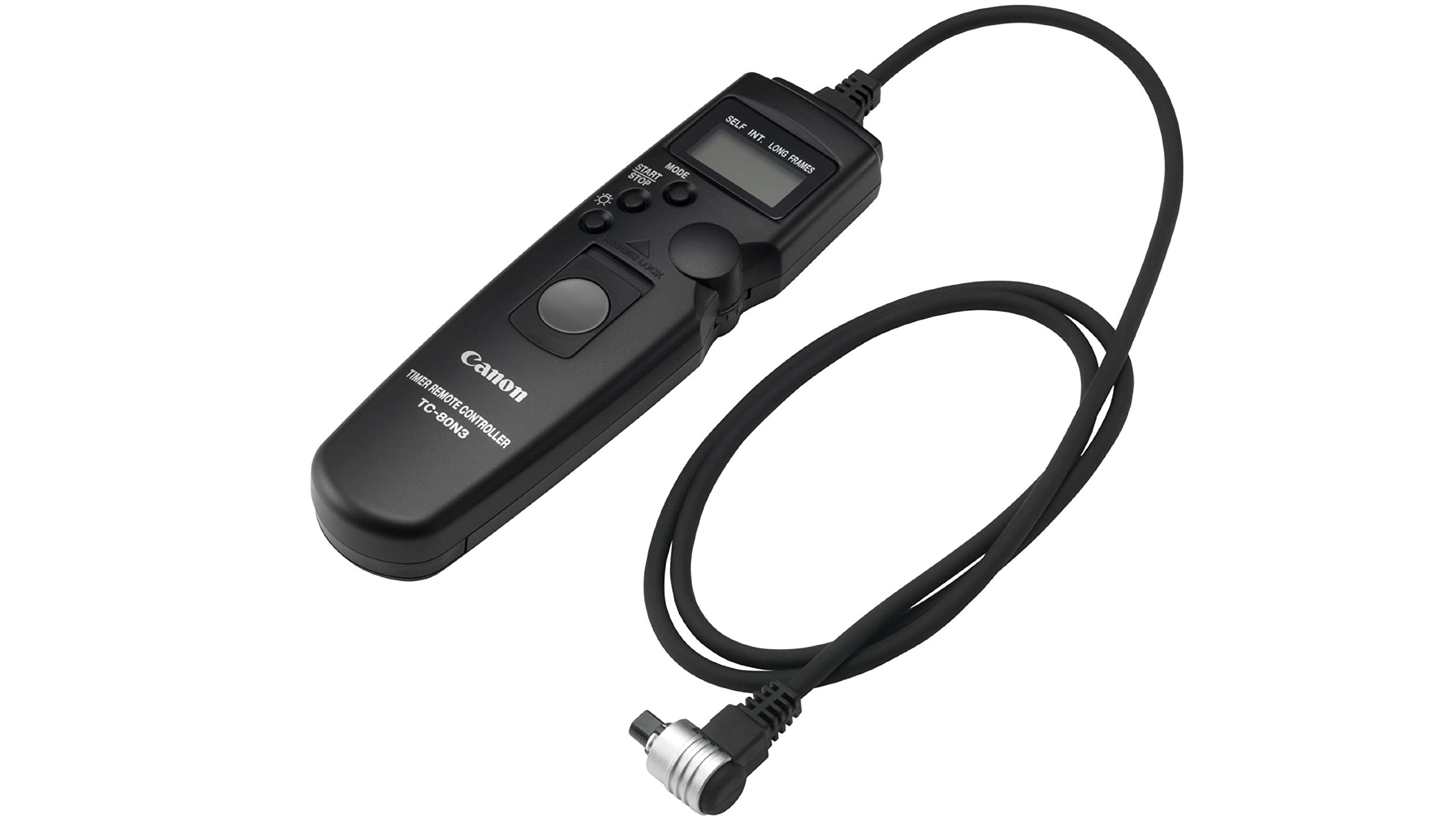
5. Canon TC-80N3
Specifications
Reasons to buy
Reasons to avoid
Despite being a wired rather than wireless controller, the TC-80N3 still requires a single CR2032 battery to power its LCD display and all-round cleverness. Connecting to compatible cameras like the EOS 5D IV and 7D Mark II via a three pin plug, the unit’s features include a self-timer, long-exposure timer, interval timer and the option to set the number of shots in a sequence. It also works as a straightforward remote control, with the same basic functions as Canon's RS-80N3 camera remote, even with no battery fitted. It’s simple to use, with a switch that cycles between the four main operating modes, a start/stop button, LCD display illumination switch and jog control for altering the settings.
Just like the RS-80N3, this remote allows you to expand its compatibility by purchasing the RA-E3 adapter. This will allow it to be used with the same selection of additional cameras listed in the previous entry.
Nikon camera remotes
Here, we've listed the best remote releases for various Nikon mirrorless, DSLR and compact cameras. For whatever reason, ascertaining the compatibility between Nikon's various remotes and its cameras can be a bit of a headache – this list, last updated in late 2023, is the most up-to-date resource we've found.
Nikon ML-L7
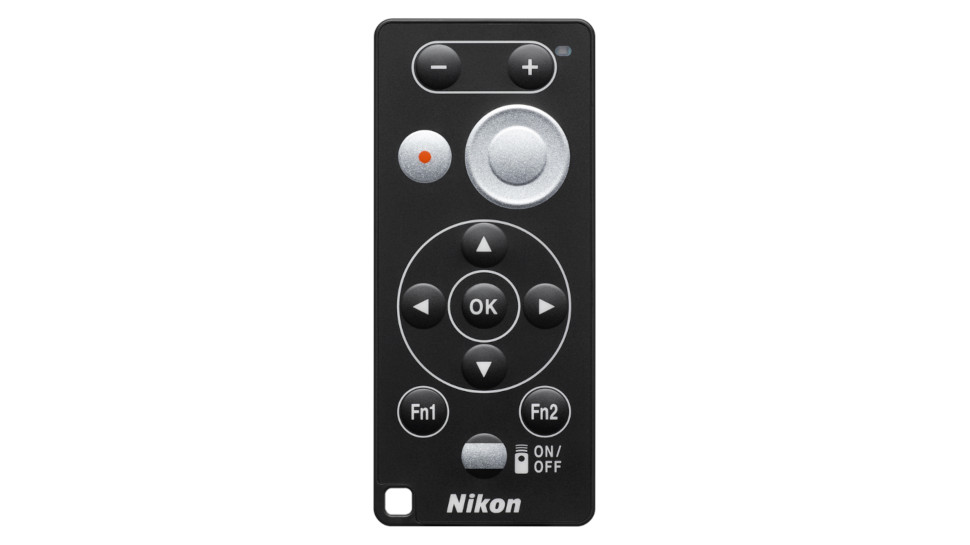
6. Nikon ML-L7
Specifications
Reasons to buy
Reasons to avoid
If you're using one of Nikon's Bluetooth-compatible mirrorless or compact cameras, the ML-L7 remote is an affordable, lightweight and convenient remote option. It can also control zoom – which is especially handy if you're using one of Nikon's long-zoom bridge cameras like the Coolpix P1000 – and has separate functions for stills and video. Pairing is a pretty straightforward process, and you get an operating range of about 10m, which realistically should be plenty.
Nikon MC-DC2
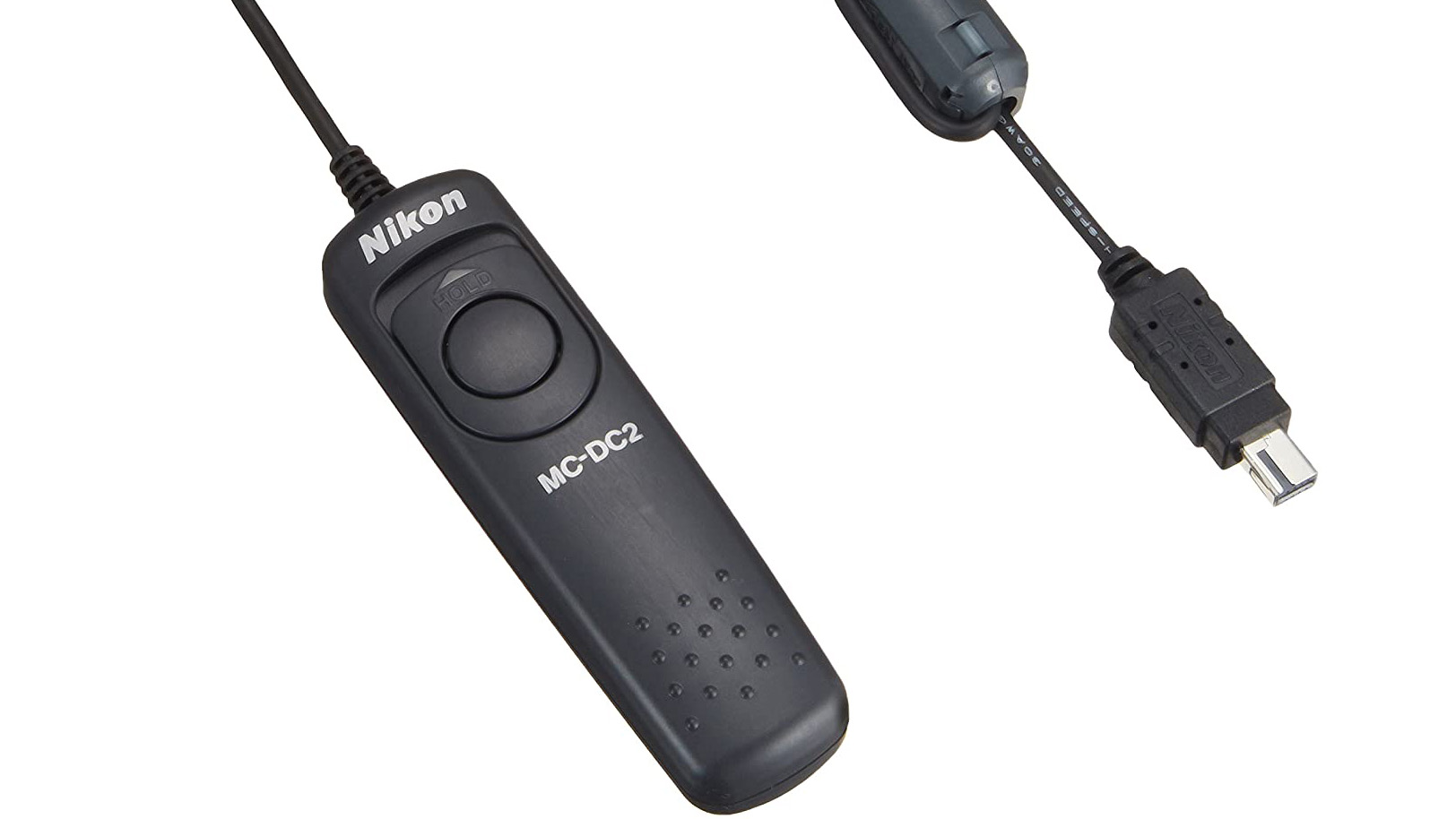
7. Nikon MC-DC2
Specifications
Reasons to buy
Reasons to avoid
This Nikon controller fits pretty much every consumer Nikon body from the D90 and D3100 through to newer cameras like the Z6 II and Z7 II. Partly due to its 1m cable, it’s rather on the heavier side for a remote controller, but is still entirely manageable at 65g. One major advantage of the MC-DC1 is that it features a two-stage trigger button, which replicates the shutter button on the camera. You can therefore use a half-press to activate autofocus and exposure metering, and a full press to take your shot when you’re ready
Nikon MC-30A
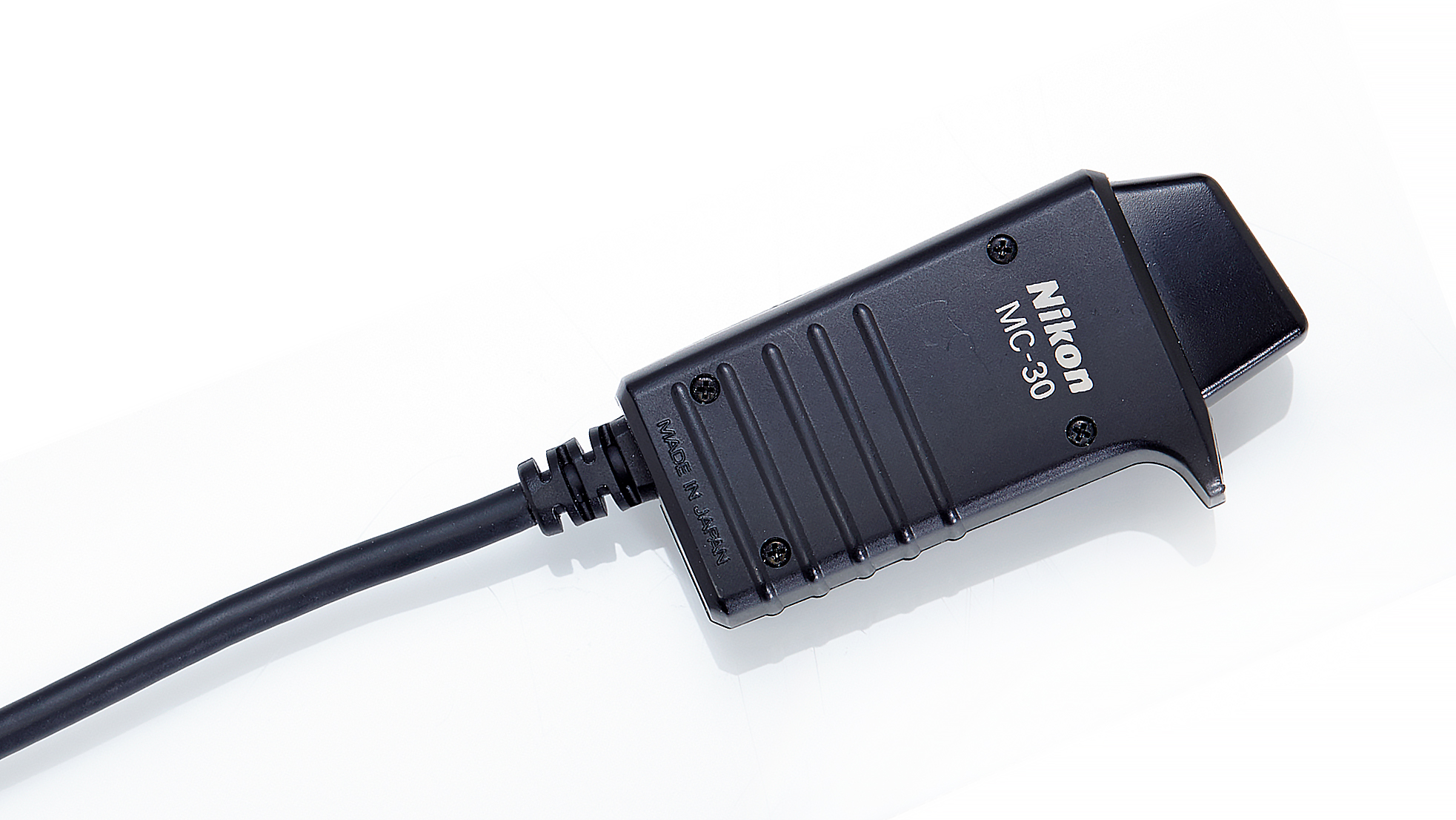
8. Nikon MC-30A
Specifications
Reasons to buy
Reasons to avoid
Nikon has designed this remote controller to match its highest-performing cameras like the D5, and it can also work with newer professional flagships like the mirrorless Z8 and Z9. As such, it boasts fully pro build quality, but is only compatible with pro Nikon DSLR cameras that have 10-pin connectors. The controller unit feels rugged and robust, and the 80cm connection cable is heavy-duty. Meanwhile, the lockable two-stage shutter button has an excellent and precise feel to it, unlike that of the cheaper MC-DC2 controller. However, while performance and build quality are excellent, the price is very steep for what is, essentially, an extremely basic remote controller.
Sony camera remotes
Sony offers more of a 'one-size-fits-all' approach when it comes to remote controls, with the option we've featured below being compatible with just about every digital camera the firm sells (as well as plenty that are discontinued)
9. Sony RM-VPR1
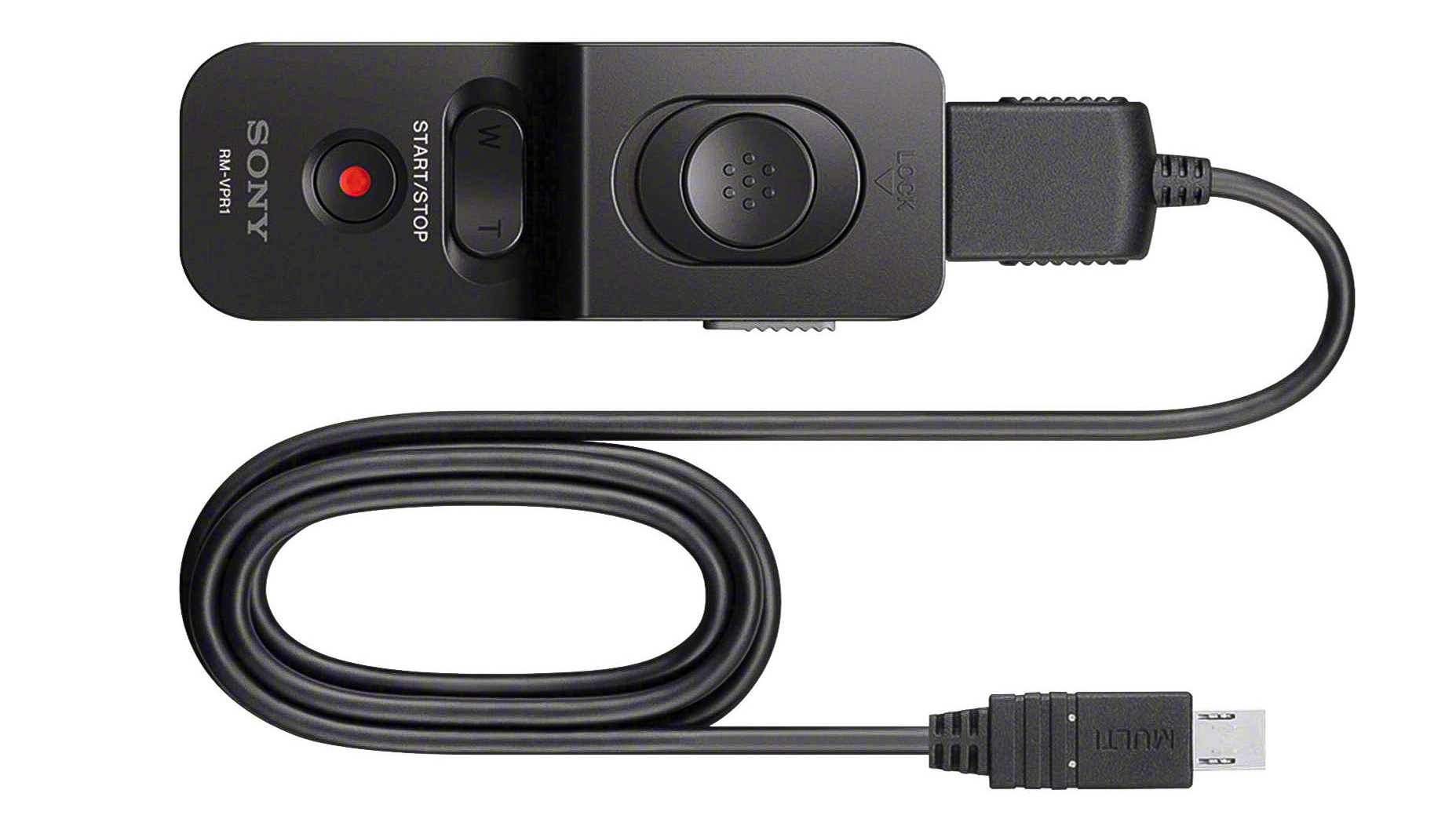
9. Sony RM-VPR1
Specifications
Reasons to buy
Reasons to avoid
Sony does its consumers a huge favor with this remote by supplying it with two different cables, so that it has plugs to fit the socket of most of the cameras it has ever made – including its mirrorless Alpha range, older SLT models, compact cameras and even camcorders. The cables are 80cm /31-inch long - but you get a decent set of controls for a basic remote. There is a lockable release socket, with a secondary stop/start button for video recording - plus zoom controls for compatible cameras with motorized zooms. A neat bonus, is that the remote comes with a cradle that allows you to stow the controller neatly onto a tripod leg.
Fujifilm camera remotes
Like Sony, Fujifilm offers a broadly compatible remote release that basically works with all of its cameras, as detailed below.
Fujifilm RR-100
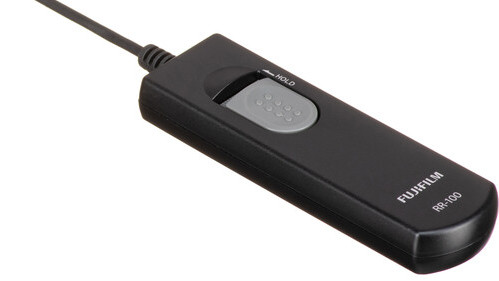
10. Fujifilm RR-100
Specifications
Reasons to buy
Reasons to avoid
While there are a few third-party remotes that will work with Fujifilm cameras (see the next section), the Fujifilm RR-100 is the officially licensed one from Fujifilm itself. A fairly simple wired remote that plugs in via a 2.5mm jack, the Fujifilm RR-100 is compatible with a selection of X-series mirrorless cameras, as well as the GFX medium format range. It doesn't offer a huge range of functionality, with just a simple shutter trigger and an option to hold for bulb mode. However, for many photographers, that's all that's really necessary.
The compatibility of the RR-100 can be expanded to include the X-S10, X-E4 and X-T200 by use of a third-party 2.5mm to 3.5mm adapter.
Third-party camera remotes
Finally, here are some remotes that work broadly with a range of different camera systems. If you're using Micro Four Thirds, you'll find some options here.
Phottix XS
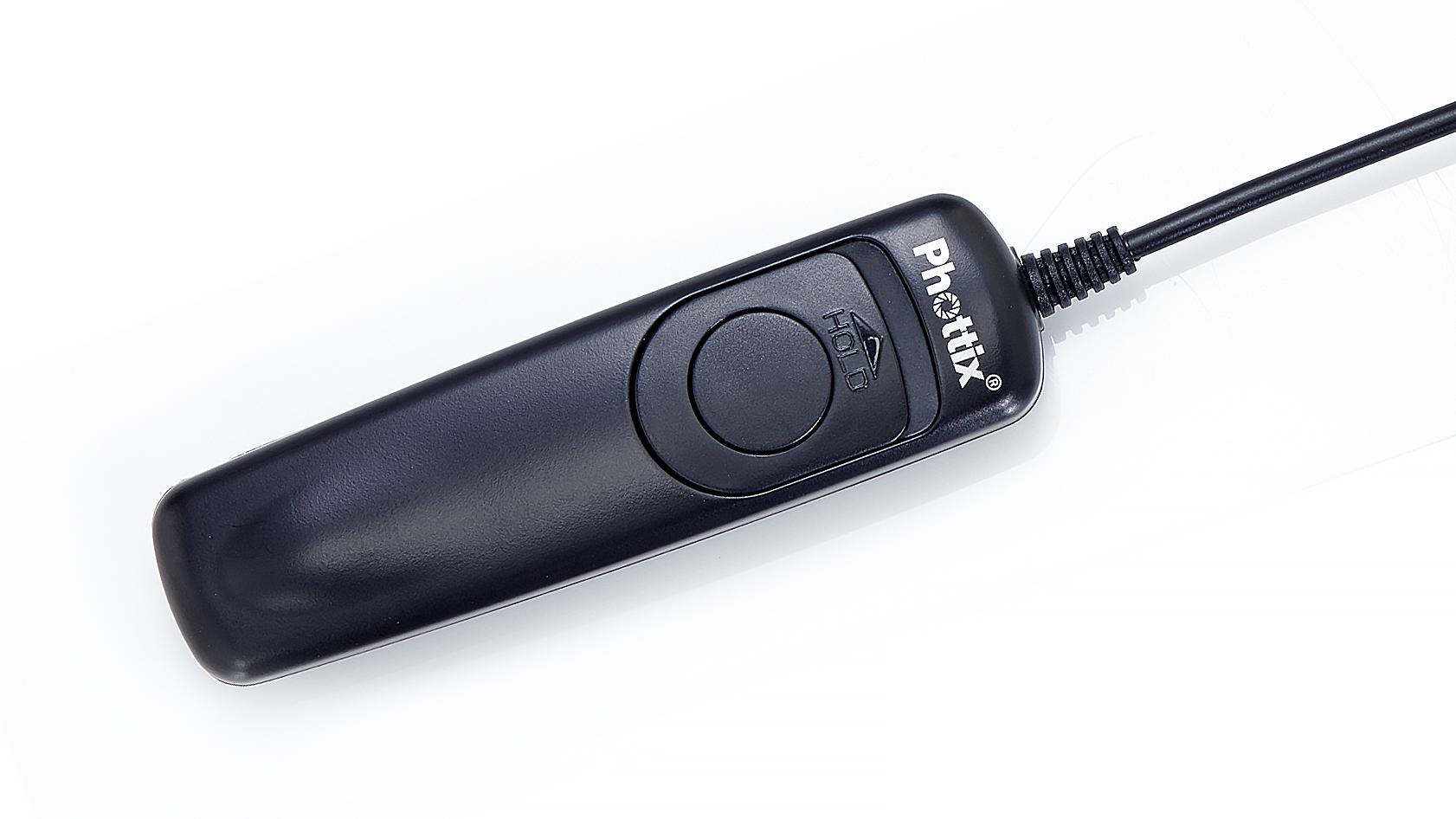
11. Phottix XS
Specifications
Reasons to buy
Reasons to avoid
Lightweight, simple and disarmingly inexpensive, the Phottix XS is nevertheless well made and comes in a number of different versions to fit various manufacturer's connections sockets. But do be careful to pick the right one, as there are – for example – two Canon models available. All versions have a fixed one-metre cable, which does feel a little thin and fragile when you handle it.
The textured finger grip on the rear surface of the control unit that you hold in your hand provides a steady grip, and the damped button has a pleasant action for both light-press autofocus and metering and full-press shutter release. A sliding button-lock mechanism is useful for bulb exposures, as it means you don’t have to keep pressing the button.
Hahnel Captur
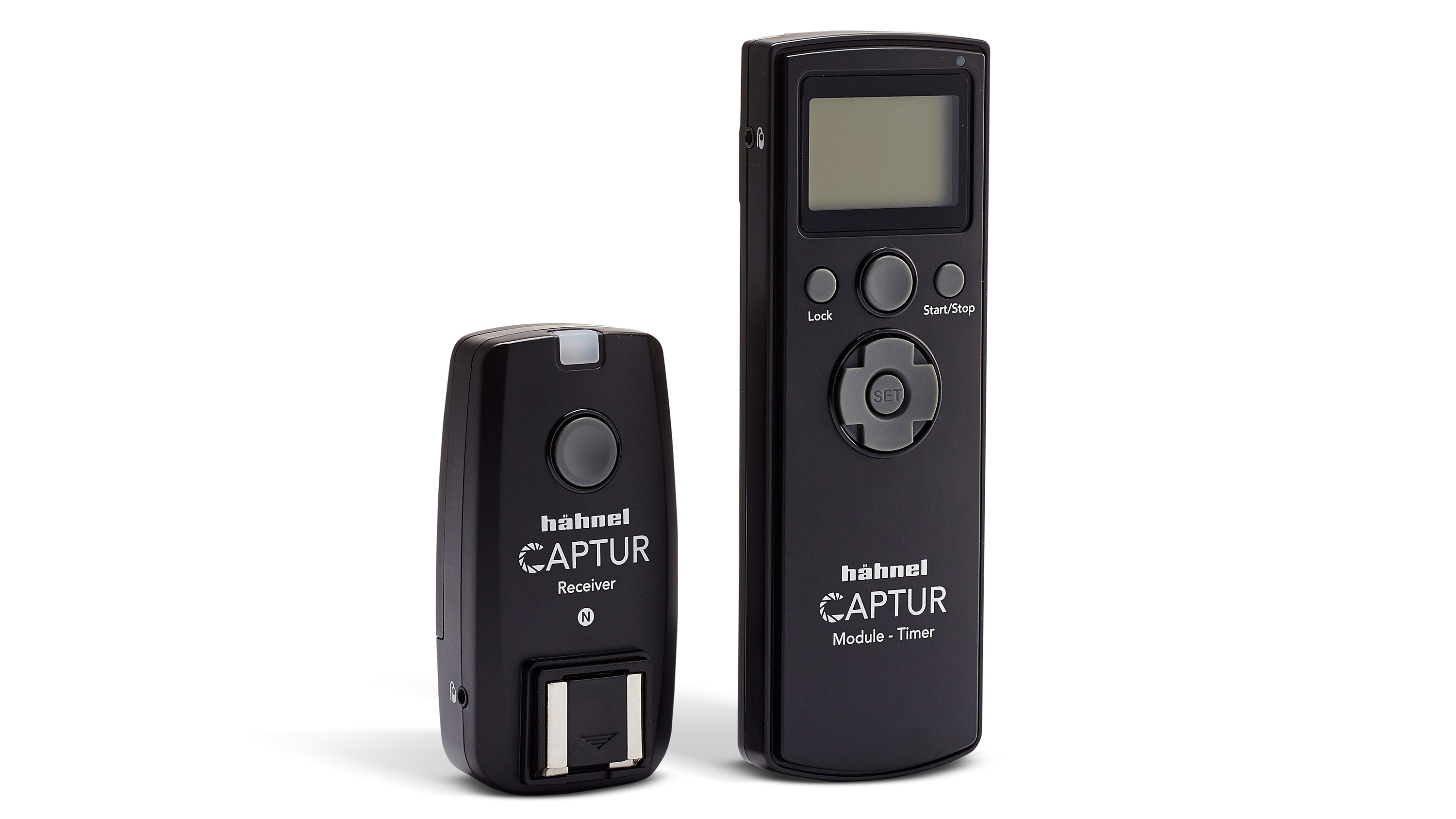
Specifications
Reasons to buy
Reasons to avoid
This convenient remote is all about long exposure and time lapse shooting. You can shoot a sequence up to 100 hours long, split down to 1-second increments, and there’s a secondary timer that’ll repeat the first sequence, also with controllable frequency. Alternatively, the Captur can be used as a straightforward remote release, with the 2.4GHz wireless connection giving a range up to 100m, while Digital Channel Matching guards against unwanted signal interference.
The wireless remote communicates with your camera via a separate hot-shoe mounted receiver unit which in turn connects via a sync cable. It’s a slightly bulky combo, but no other device like a phone or tablet is required, and the simple radio frequency connection works instantly with no prior setup.
You will however need to spend some time studying the instructions, as the pared-down controls and basic info screen info result in a cryptic interface that takes practice to master. It’s also a pity there aren’t exposure ramping features for day-night timelapse transitions.
See our full Hahnel Captur review
How to choose a camera remote
When picking a remote for your camera, you need to be aware that different releases use different triggering methods. Some are cabled physically to the camera, others are wireless infra-red, and others use more advanced wireless systems like radio frequency, Bluetooth or Wi-Fi – these last types are extra-useful as they don't require direct line of sight.
The big thing to ensure before buying anything is compatibility – will the specific remote release you're buying be able to interface with your specific model of camera. As you can see in the list above, this can get quite complicated, so check and double check.
Dedicated remote releases often include more advanced features, such as an intervalometer timer to automatically fire the camera multiple times for a successive burst. This can be especially good for shooting time-lapse videos. Some also include auto HDR and focus stacking modes. Other remote releases are little more than simple shutter triggers. If you want the more advanced features, you are likely to need to pay a higher price.
How we test camera remotes
At DCW, we test a huge variety of photo and video equipment, from cameras and lenses to essential accessories such as camera remotes. Our team of imaging experts takes products out into the field to test them in real-world shooting scenarios, and for camera remotes, looks at specs like camera compatibility, connection options, connection reliability and physical size/weight. We use our reviewers' findings to inform our comments in buying guides.
FAQs
What is a shutter remote for a camera?
A shutter remote, quite simply, is a device that allows you to trigger the shutter of your camera (i.e. capture an image) without physically pressing the shutter button. They are also called remote releases, cable releases and remote triggers. Some physically plug into a camera, while others connect wirelessly using radio frequencies, Bluetooth or other technology.
Can I use my phone as a camera remote?
The answer to this will depend on your model of camera – but assuming you're using a digital camera released within the last few years, the answer is likely to be yes. Most modern digital cameras offer Wi-Fi and/or Bluetooth connectivity that allows them to interface with a smartphone, in turn enabling that phone to be used as a remote shutter trigger.
Read more:
How to make your first time-lapse video
The 50 best camera accessories
The best flash triggers
The best tripods
Get the Digital Camera World Newsletter
The best camera deals, reviews, product advice, and unmissable photography news, direct to your inbox!
Ben is the Imaging Labs manager, responsible for all the testing on Digital Camera World and across the entire photography portfolio at Future. Whether he's in the lab testing the sharpness of new lenses, the resolution of the latest image sensors, the zoom range of monster bridge cameras or even the latest camera phones, Ben is our go-to guy for technical insight. He's also the team's man-at-arms when it comes to camera bags, filters, memory cards, and all manner of camera accessories – his lab is a bit like the Batcave of photography! With years of experience trialling and testing kit, he's a human encyclopedia of benchmarks when it comes to recommending the best buys.
